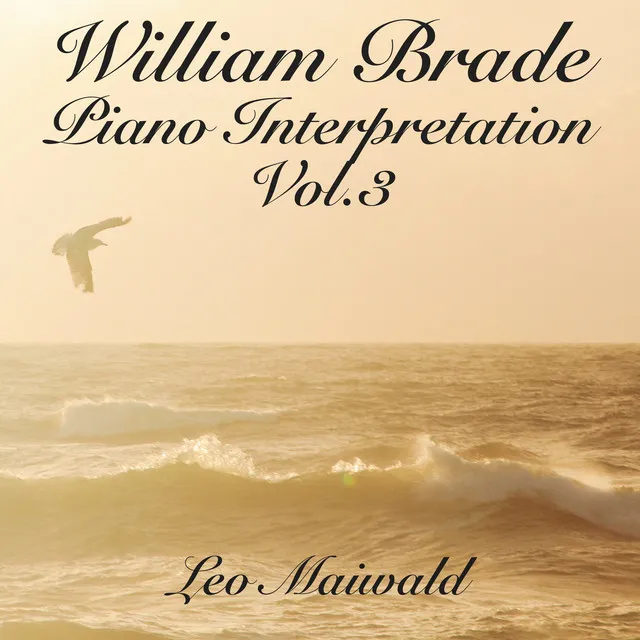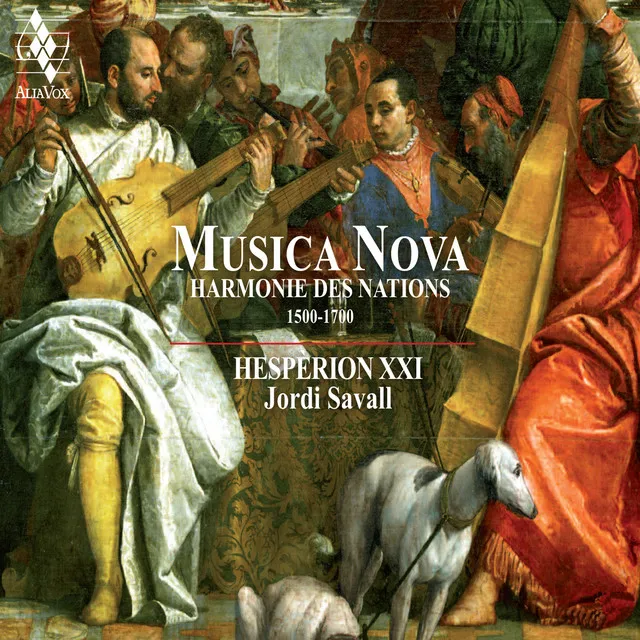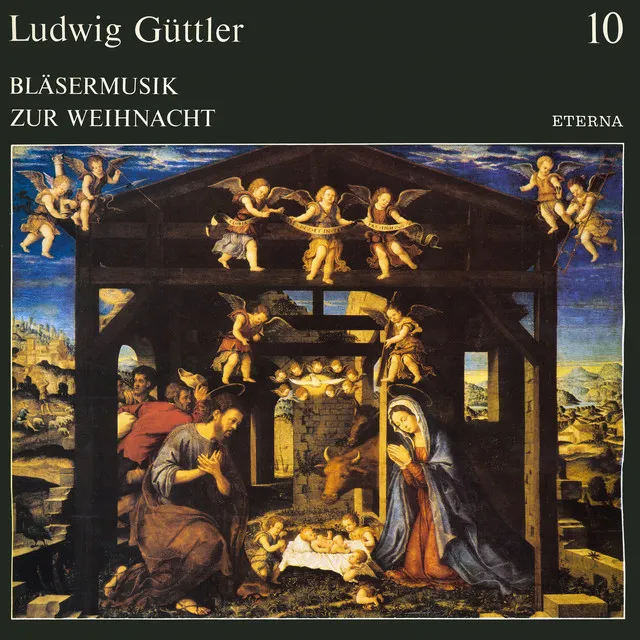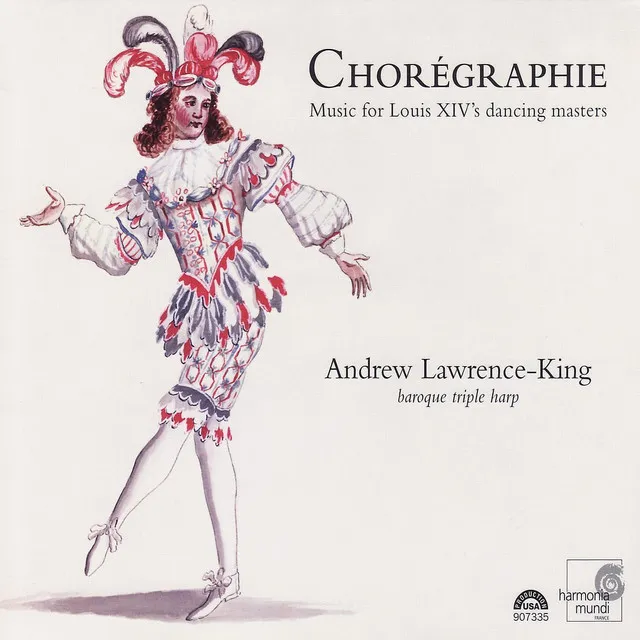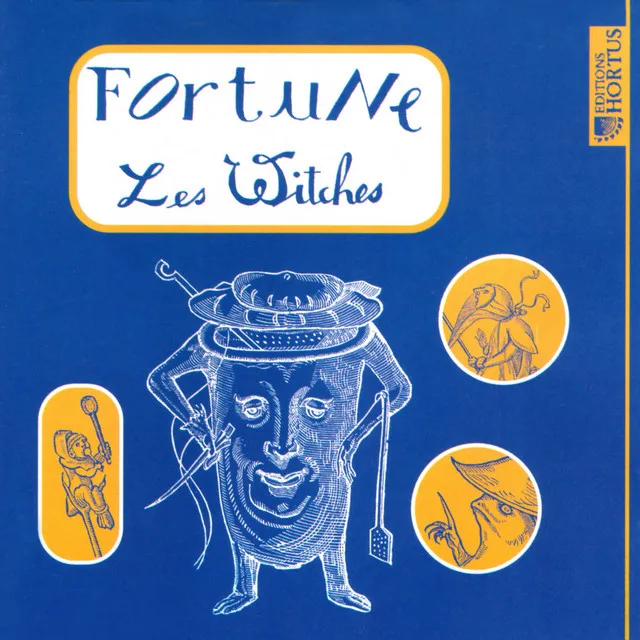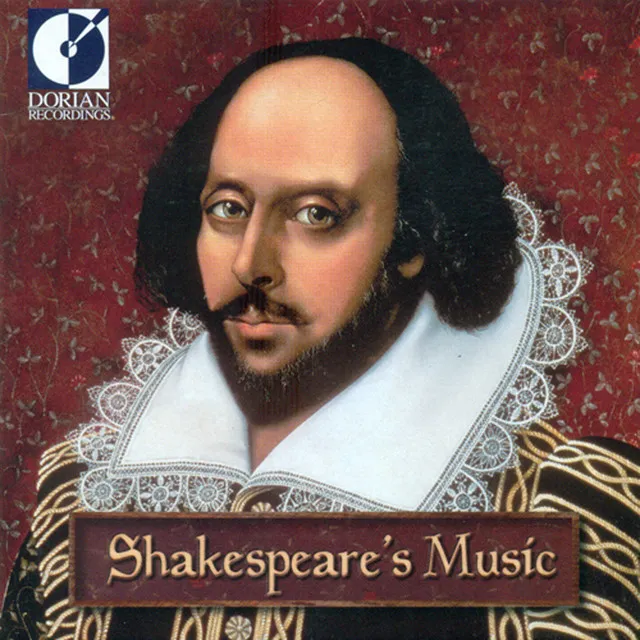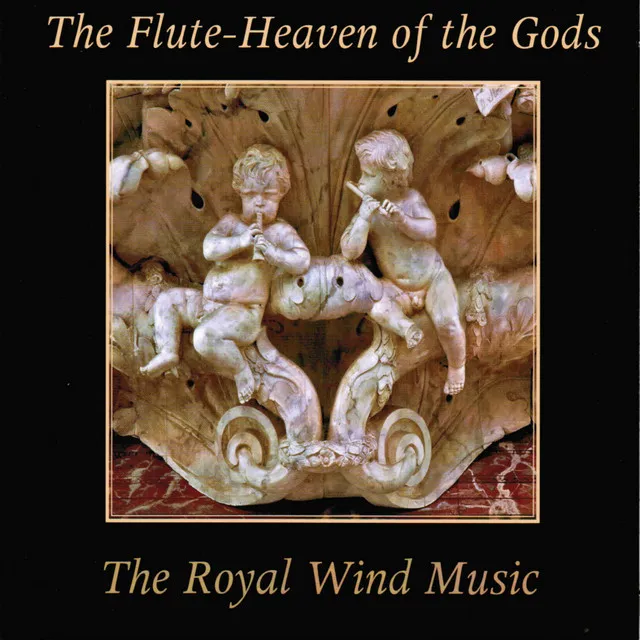English composer and violinist William Brade was a significant transitional figure in instrumental music between the Renaissance and Baroque periods. Brade is credited with transplanting English musical practices most readily associated with William Byrd, Peter Philips, and John Dowland to North German and Scandinavian soil, and in aiding the transformation from the Renaissance notion of the English consort to the more continental Baroque idea of a string orchestra.
Brade first appears in the historical record as a violinist listed within the Brandenburg court orchestra in about 1590. Through 1622 Brade traveled in Northern Europe extensively, performing in the service of King Christian IV of Denmark in Copenhagen (where he came into contact with German virtuoso Johann Schop), in Berlin, and in Hamburg, where 16 of his pieces first appeared in a published edition of 1607. From 1613, Brade was employed in a number of posts, sometimes holding down a situation in two different courts at one time, such was the demand for his services. In 1722 Brade settled in Gottdorf, court of Duke Friedrich III of Holstein-Schaumberg where he was appointed director of the Hofkapelle. Being a foreigner employed in a town overrun with the Thirty Years' War proved too uncomfortable, and Brade was forced to flee back to Hamburg for the rest of his days.
Brade left behind him a substantive legacy of instrumental compositions consisting mainly of dances and even some primitively organized groups of pieces that resemble dance suites. Brade compiled no less than four published collections containing 167 dances, appearing in Hamburg in 1609, 1614, and 1617 with a final collection printed in Berlin in 1621; another 18 dances have been recovered from separate publications. Brade's set of variations Corale is by far the earliest piece of solo violin music composed by an Englishman, and Brade was also the first Englishman to assimilate into his work such continental dances as the canzone and intrada. Although not all of his tunes are original, Brade's dances are usually scored in five, and sometimes six, parts. Brade states that the music may be played by larger groups of instruments, though the music is strongly melodic in character and ultimately seems best suited to a smaller unit, such as a violin consort.
